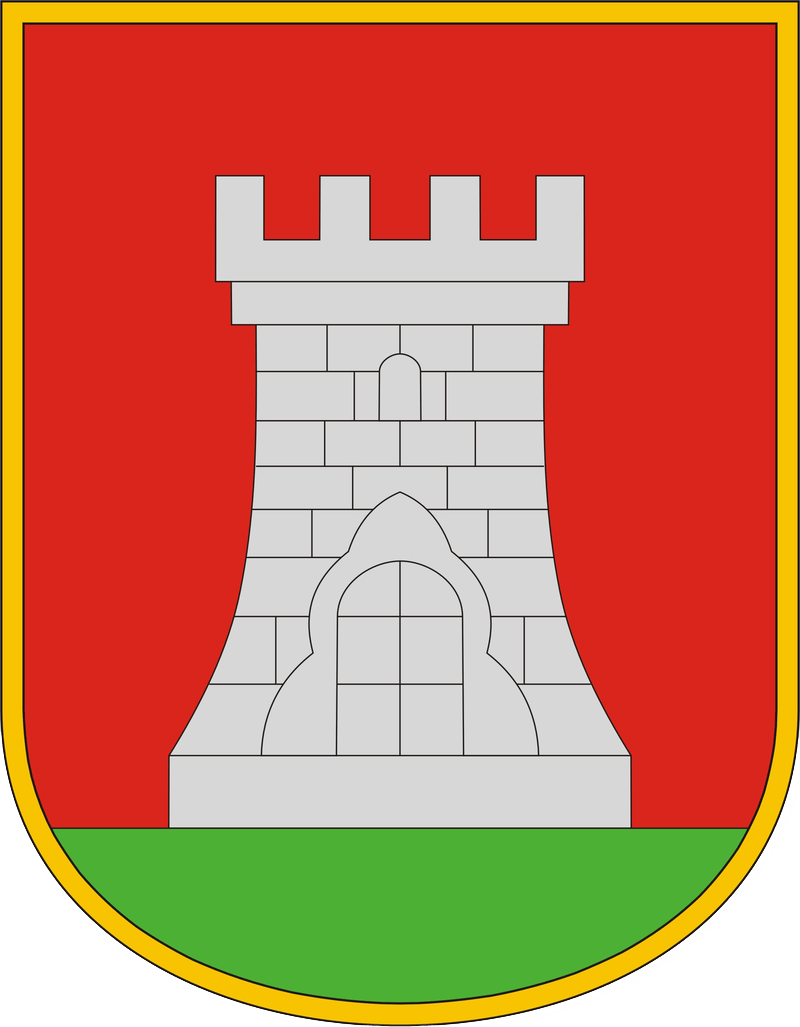City of the Reformation Sárvár
Hungary
Sárvár

The town of Sárvár, which belongs to the country’s spa route, lies in western Hungary, not far from the border to Austria. These days, the town is best known for its thermal baths and related health and wellness facilities. The emblem of the town is the castle built by the renowned Nádasdy nobles, which is surrounded by an impressive park. Right alongside the park is the 16-hectare arboretum whose diverse and sometimes quite exotic trees were planted during the Reformation era.
The town played a key role as the Hungarian fulcrum of the Transdanubian Reformation. The influential Hungarian magnate and Palatine Tamás Nádasdy was partly responsible for the Reformation’s foothold in Hungary. Under the advice of Philipp Melanchthon, in 1534 Nádasdy founded a school in Sárvár that would be led by Melanchthon’s former pupil, humanist János Sylvester. It was three years later that the first print works were established in Hungary at his court in Sárvár, where seminal books would be published including the first book ever to be printed in Hungarian, the Grammatica Hungarolatina by János Sylvester (1539) and his own Hungarian translation of the New Testament (1541).
Nádasdy also supported Mátyás Bíró Dévai, the foremost Reformer of Hungary, who completed his studies in Wittenberg before spreading Reformationist thought as an itinerant preacher throughout the country. It was in Sárvár that Dévai composed the first catechism in Hungarian in the year 1538. The outstanding role Sárvár played during the Reformation era earned it the title “Hungarian Wittenberg”.
Many clear signs of the Reformation can still be seen around the town. A stone memorial to Sylvester stands in the park of the castle. The authentic equipment from the print works, which is normally kept in storage in the castle, will be put on display again in celebration of the anniversary of the Reformation.
Links
City of Sárvár: http://www.sarvar.hu/en/index.html
The Evangelical-Lutheran Church in Hungary: http://zope.lutheran.hu/portal/bemutatkozas/english
Reformed Church in Hungary: http://www.reformatus.hu/english/

